Best Time to Visit Tanzania | Best Time for Tanzania Safari
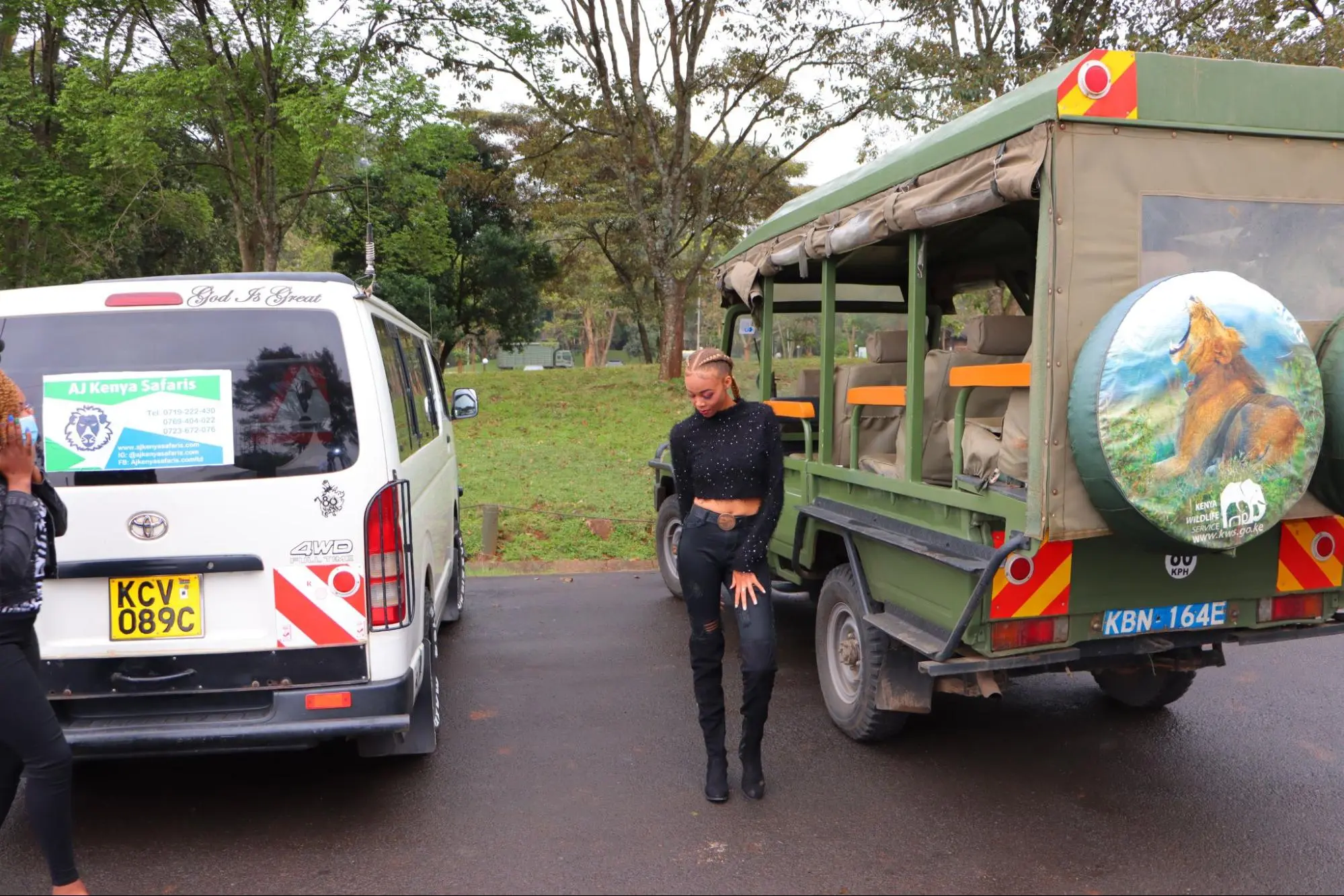
What is the best time for Tanzania Safari? Tanzania’s tropical climate is characterized by distinct dry and wet seasons, which impact wildlife behavior and the accessibility of national parks. The wet season, also known as the rainy season, in the country, is divided into two: the ‘long rains’ and the ‘short rains’. The long rains last from April to May whereas the short ones are experienced during November and December. During these periods, the landscape is lush and green, but heavy rainfall can make some roads and parks less accessible.
On the other hand, the dry season (June to October) offers more predictable weather, with minimal rainfall and temperatures ranging from 25°C to 30°C, which is not too hot and humid. This pleasant climate makes it the ideal time to explore Tanzania’s national parks and witness the diverse wildlife that the country has to offer.
But what is the best time for a Tanzania safari to Climb Mount Kilimanjaro? What is the best time to visit Tanzania for a wildebeest migration safari? And is the best time of year to go on a safari and beach holiday to Zanzibar?
In this article, we will answer all this and so much more. But first, let us share how you can reach us to start planning your Safari in Tanzania.
Best Time to Go to Tanzania for safari - Photos by our Guests
Contact us to Start Planning Your Kenya-Tanzania Safari Tour
At KenyaLuxurySafari.co.uk, we plan the best Tanzania and Kenya safari tours. We invite you to contact us via call or WhatsApp via +254-704-532-105 to start planning the best Kenya and Tanzania safari Holiday safari.
You can also email us via safarioffers@kenyaluxurysafari.co.uk. Since this website is fully owned and managed by AjKenyasafaris.com ltd, you can also reach us via james@ajkenyasafaris.com.
Tanzania's National Parks: When to Visit
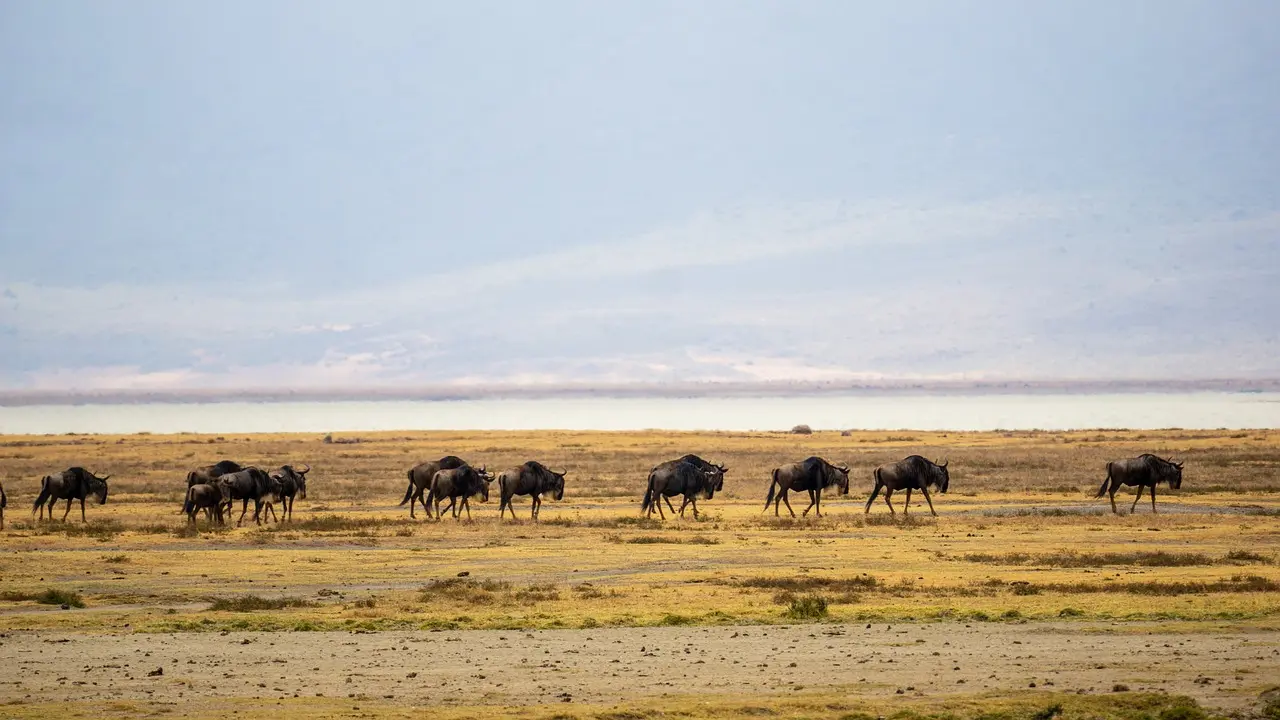
Reflecting on the prime periods to explore each national park enables you to customize your Tanzania safari around the wildlife events and experiences that interest you most. Whether your goal is to witness the Great Migration in the Serengeti, observe elephants in Tarangire, or explore the Ngorongoro Crater, selecting the appropriate visitation time will elevate your safari adventure and help create lifelong memories.
The best time to visit Tanzania’s national parks varies depending on the unique features and wildlife events of each park. Here are the optimal times to visit some of the popular parks:
- Serengeti National Park: June to August, when the Great Migration and dry season coincide for optimal wildlife viewing opportunities.
- Tarangire National Park: July to September, when large herds of elephants gather around the Tarangire River.
- Ngorongoro Crater: Consistent wildlife viewing throughout the year, with the dry season (June-October) providing better visibility and accessibility.
Serengeti National Park
Serengeti National Park, a UNESCO World Heritage site, is renowned for its diverse array of wildlife, including:
- The Big Five (lion, rhino, leopard, elephant, and buffalo)
- Giraffes
- Zebras
- Wildebeests
- Hippos
The dry season, from June to August, is the ideal time to visit Serengeti National Park for optimal wildlife viewing opportunities. During this period, the weather is more predictable, with minimal rainfall and comfortable temperatures. The dry season also coincides with the Great Migration, offering spectacular sightings of millions of wildebeest, zebra, and other animals traversing the open plains in search of water and sustenance.
Tarangire National Park
Tarangire National Park is best visited from July to September when the dry season brings large herds of elephants to congregate around the Tarangire River. Renowned for its large elephant population and iconic baobab trees, the park offers a unique safari experience that stands out among Tanzania’s many national parks.
In addition to elephants, Tarangire National Park is home to a variety of wildlife, including:
- Zebras
- Wildebeests
- Giraffes
- Hartebeests
- Fringe-eared oryxes
- Gerenuks
Ngorongoro Crater
The Ngorongoro Crater offers consistent wildlife viewing throughout the year, making it a popular destination for safari-goers regardless of the season. However, the dry season (June to October) provides better visibility and accessibility, as there is little to no rainfall during this time.
The Ngorongoro Crater, a UNESCO World Heritage site, is home to a diverse range of wildlife, including the Big Five, as well as numerous other species that thrive within the crater’s unique ecosystem.
Determining the Ideal Time for a Tanzania Safari
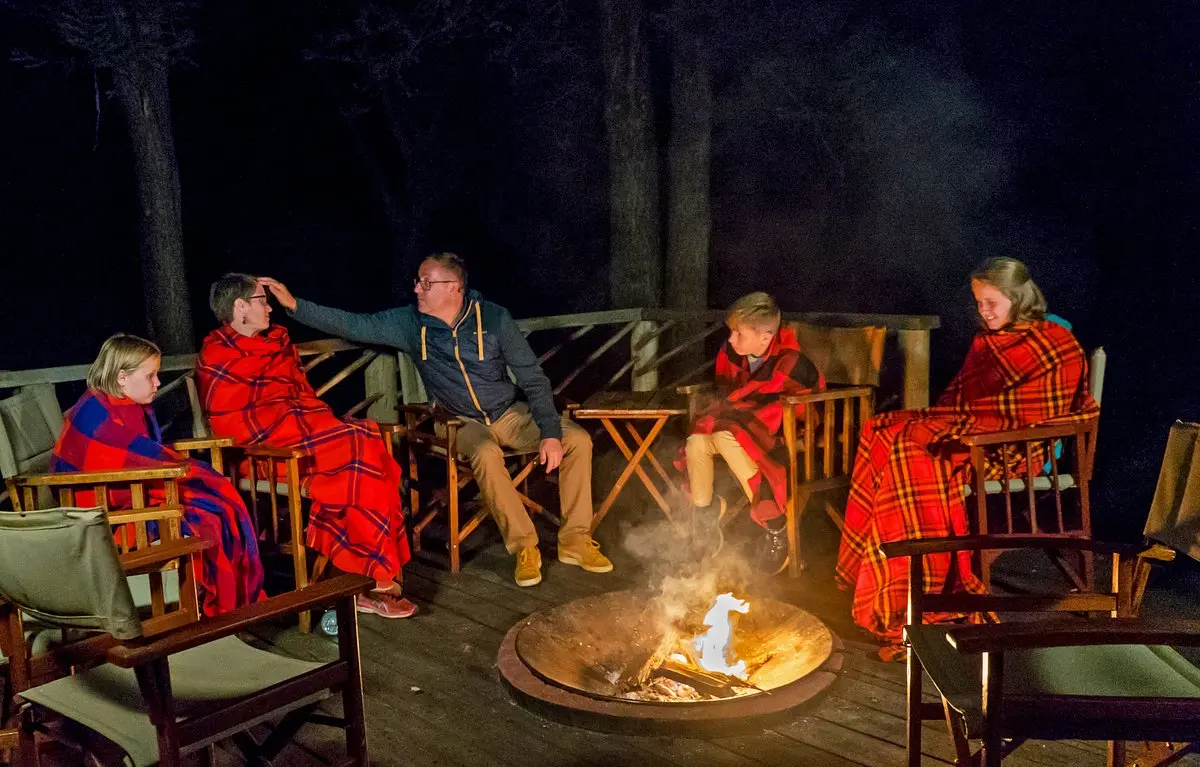
Determining the ideal time for a Tanzania safari depends on a variety of factors, including climate, wildlife activities, and your personal travel preferences.
The dry season, which typically extends from June to October, is generally considered the best time to visit Tanzania for game drives and wildlife sightings, as animals congregate around waterholes, making them easier to spot. However, other factors such as the Great Migration and calving season also influence the optimal time for specific safari experiences, which we will explore in more detail throughout this guide.
Your Tanzanian safari experience can be made truly unforgettable by taking into account the unique characteristics of the country’s national parks and wildlife events. This enables you to select the perfect timing for your adventure, whether you’re a wildlife enthusiast, birdwatcher, or simply seeking a once-in-a-lifetime African safari experience.
Wildlife Activities and Migration Patterns
Wildlife events and migration patterns unique to Tanzania can also impact the optimal timing for a safari. The Great Migration, for example, is a year-round event in the Serengeti National Park, but the specific part of the migration you’ll witness depends on the time of year. This incredible spectacle involves millions of wildebeest, zebra, and other animals traversing the open plains in search of water and sustenance.
Calving season, which typically occurs between January and March, is the most fascinating time to visit, as wildebeest and zebra give birth to their young, providing unique opportunities to observe newborn animals and predator-prey interactions.
In addition to the Great Migration, Tanzania also offers other wildlife activities, such as snorkeling and swimming with dolphins in Mnemba Island, guided nature walks, and birdwatching during wildlife safaris.
Best Times for Specific Safari Experiences
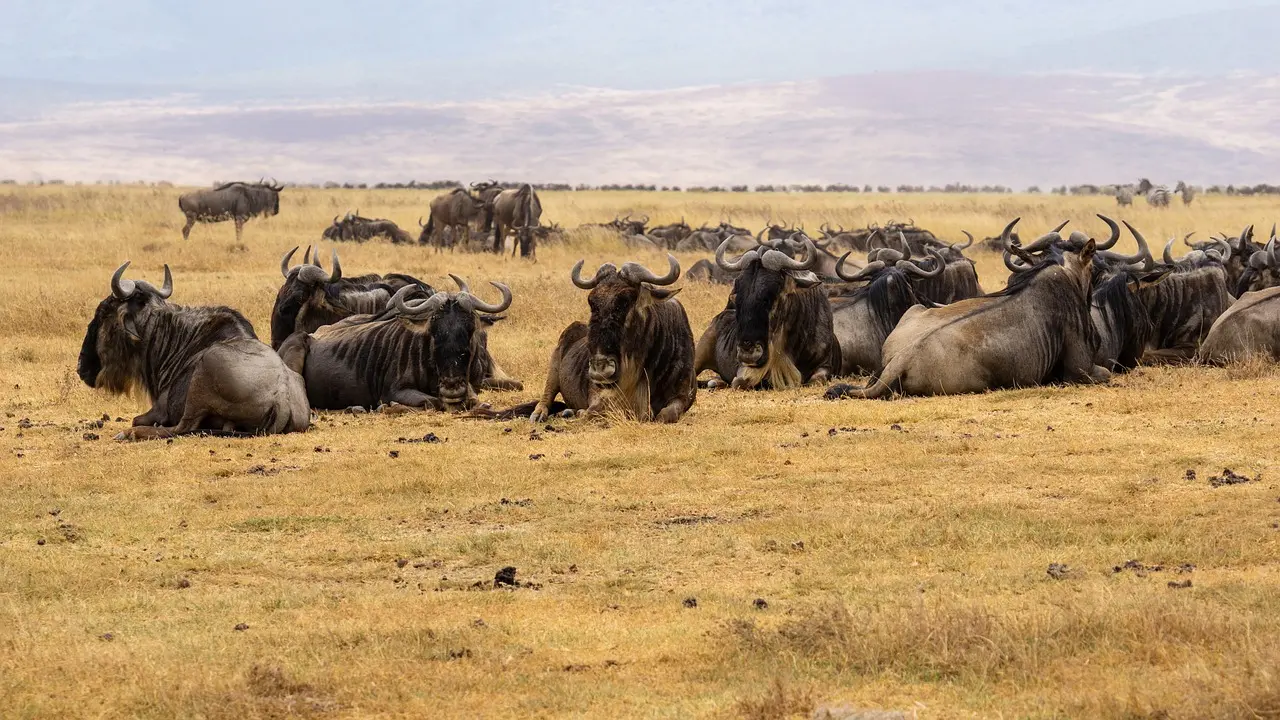
The optimal time for specific safari experiences varies, as each event has its unique season and characteristics. The Great Migration, for example, peaks from late June to August, providing incredible wildlife viewing opportunities and making it the best time to see this phenomenon. Calving season, on the other hand, takes place between January and March, offering a unique chance to witness young animals and their interactions with predators.
Finally, bird watching is best during the ‘green season’ (November-March), when migratory birds arrive in their thousands, and fewer visitors are present in the parks.
Comprehending the peak times for these specific experiences aids in structuring your safari around the events and wildlife you’re most enthused to see. Aligning your travel plans with the prime seasons for each event enables you to increase your likelihood of experiencing these awe-inspiring natural spectacles, creating unforgettable memories in Tanzania.
Great Wildebeest Migration
Late June to August is considered the peak time for witnessing the Great Migration in Tanzania’s Serengeti National Park. This epic journey sees almost two million animals, primarily wildebeest, zebra, gazelles, and antelopes, traverse the open plains of the park in search of water holes and sustenance.
During this time, the Great Migration’s river crossings offer some of the most incredible wildlife viewing opportunities ever witnessed. As the herds brave the treacherous Mara River, they must navigate swift currents and evade the jaws of hungry crocodiles.
This natural phenomenon also attracts other predators, such as lions and hyenas, who seize the opportunity to hunt the vulnerable prey as they cross the river.
Calving Season
Calving season in the Serengeti occurs from January to March, a time when wildebeest and zebra give birth to their young. During this period, the southern Serengeti’s plains become a nursery for thousands of newborn animals, making it an ideal time for wildlife enthusiasts to witness the circle of life in action.
Predators such as lions, cheetahs, and hyenas are also drawn to the area during calving season, attracted by the abundance of vulnerable prey. This results in dramatic predator-prey interactions that can be both thrilling and heart-wrenching to witness. If you’re interested in experiencing the full spectrum of wildlife behavior, calving season is an excellent time to visit Tanzania.
Birdwatching
For birdwatching enthusiasts, the ‘green season’ (November-March) is the best time to visit Tanzania. During this period, migratory birds arrive in their thousands, creating a vibrant spectacle of color and song across the country’s national parks. The southern parks, such as Ruaha National Park and the Ngorongoro Conservation Area, are particularly renowned for their diverse array of avian species.
The ‘green season’ also coincides with the short rains, which means there are fewer visitors in the parks, allowing for a more peaceful and intimate birdwatching experience. As you explore Tanzania’s stunning landscapes, keep an eye out for the many migratory species that arrive during this time, as well as the country’s endemic birds, such as the Pemba Sunbird and the Tanzania Seedeater.
Combining Safari with Other Tanzanian Adventures

For an indelible experience, think about adding other adventures to your Tanzania safari. These could include climbing Mount Kilimanjaro or visiting the idyllic island of Zanzibar. The best time for these activities is during the warmest and driest months (December-March and June-October). By incorporating these experiences into your trip, you’ll have the opportunity to immerse yourself in Tanzania’s diverse landscapes, rich culture, and breathtaking natural beauty.
Climbing Mount Kilimanjaro
The most favorable times to climb Mount Kilimanjaro are the warmest and driest periods of the year, spanning from December to mid-March and again from mid-June to the end of October. Climbing the mountain during these periods offers clear skies, stunning vistas, and sunshine, creating more agreeable trekking conditions and extraordinary photographic prospects.
However, be aware that these are also the most crowded months, so it is recommended to make reservations in advance. By choosing the right time to climb Mount Kilimanjaro and booking ahead, you’ll increase your chances of reaching the summit and creating unforgettable memories on Africa’s highest peak.
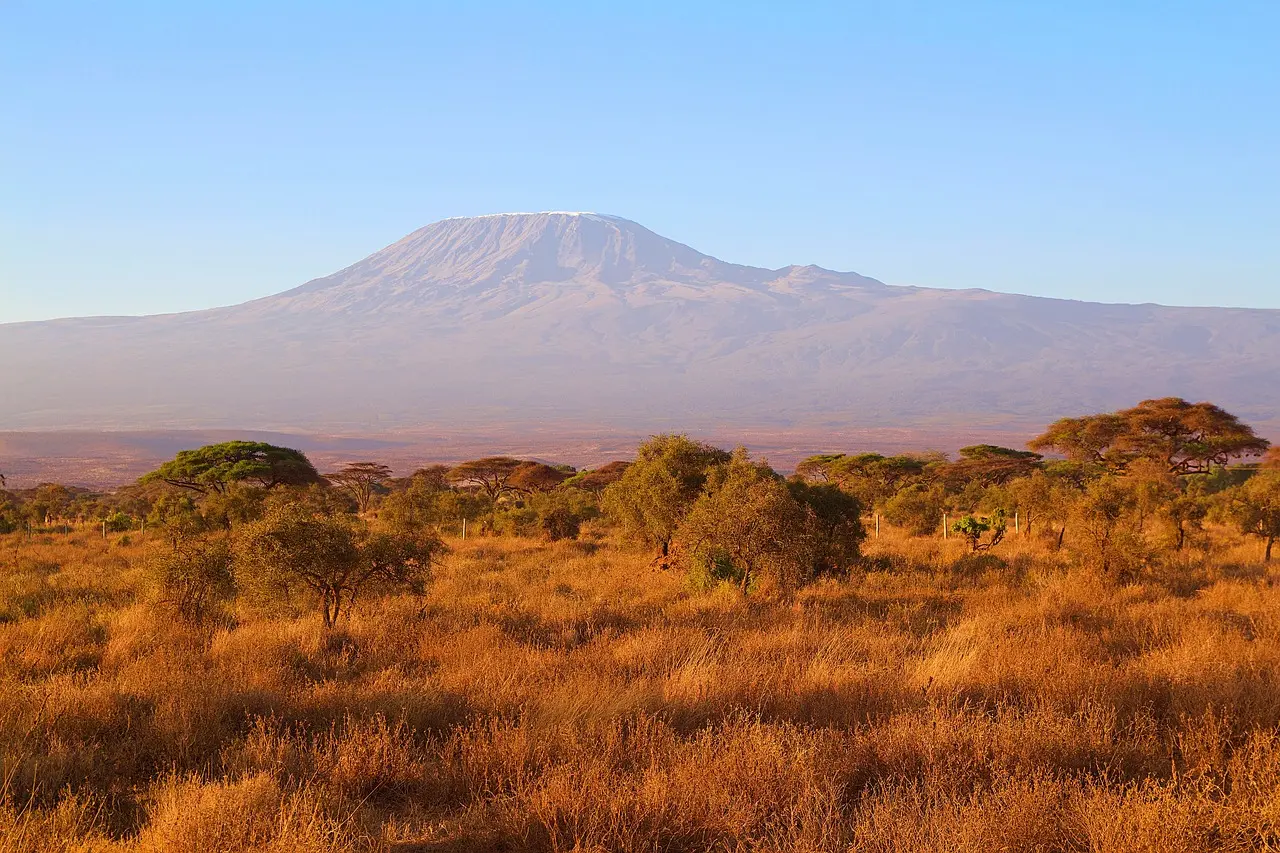
Zanzibar Island Getaway
The best time to visit Zanzibar Island is during the dry seasons (July-September and January-February), when the weather is more favorable for beach holidays and water activities. Known as the “Spice Island,” Zanzibar offers pristine beaches, turquoise waters, and a rich history that dates back to ancient trade routes and historic Stone Town.
During the short rainy season (November-December), you can still enjoy a visit to Zanzibar with fewer crowds and good deals on accommodations and activities. Additionally, if you’re interested in observing whale sharks, November is the best month to spot these gentle giants from the shore or while diving or snorkeling.
Budget Considerations: Low vs. High Season
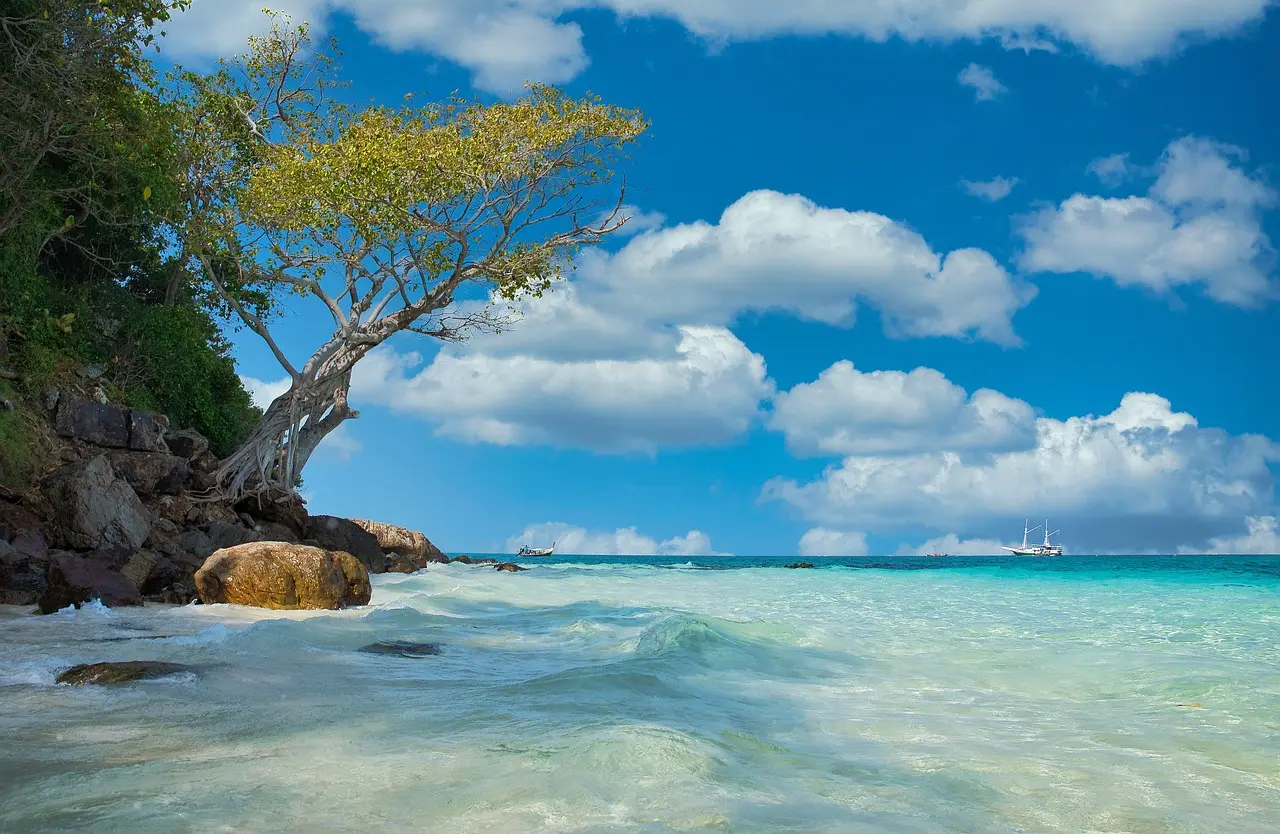
As you plan your Tanzania safari, budget considerations can significantly influence the optimal visitation period. Low season, which typically occurs in April and May, as well as November, offers lower prices and fewer crowds, making it an attractive option for budget-conscious travelers. However, this time of year also corresponds with the rainy season, which can result in less favorable weather conditions and limited wildlife viewing opportunities.
On the other hand, the best time to go, which is the peak season (June-October), provides better wildlife viewing opportunities, more predictable weather, and a higher chance of witnessing the Great Migration. While prices may be higher during this time, the benefits of visiting during the high season often outweigh the additional costs.
Ultimately, the decision between low and high season will depend on your budget, travel preferences, and the specific wildlife events you wish to experience.
Low Season Benefits
One of the main benefits of visiting Tanzania during the low season is the reduced prices for accommodations and safari activities. With fewer tourists in the parks, you may also be able to secure last-minute bookings at lodges and camps that would otherwise be fully booked during the high season.
However, it’s essential to be aware that the low season coincides with the rainy season, which can negatively impact wildlife viewing and travel conditions. If you’re prepared to contend with the potential drawbacks of the low season, you can still enjoy an amazing country with fewer crowds and more budget-friendly options.
High Season Advantages
The high season in Tanzania (June-October) offers several advantages for safari-goers, including:
- Improved wildlife viewing opportunities
- More consistent weather
- Witnessing the Great Migration, as the herds traverse the Serengeti National Park and brave the treacherous Mara River crossings
While the high season may come with higher prices, the benefits often outweigh the additional costs. With better chances of spotting wildlife, more predictable weather, and unforgettable experiences like the Great Migration, the high season can provide a truly memorable Tanzania safari.
Tips for Planning Your Tanzania Safari
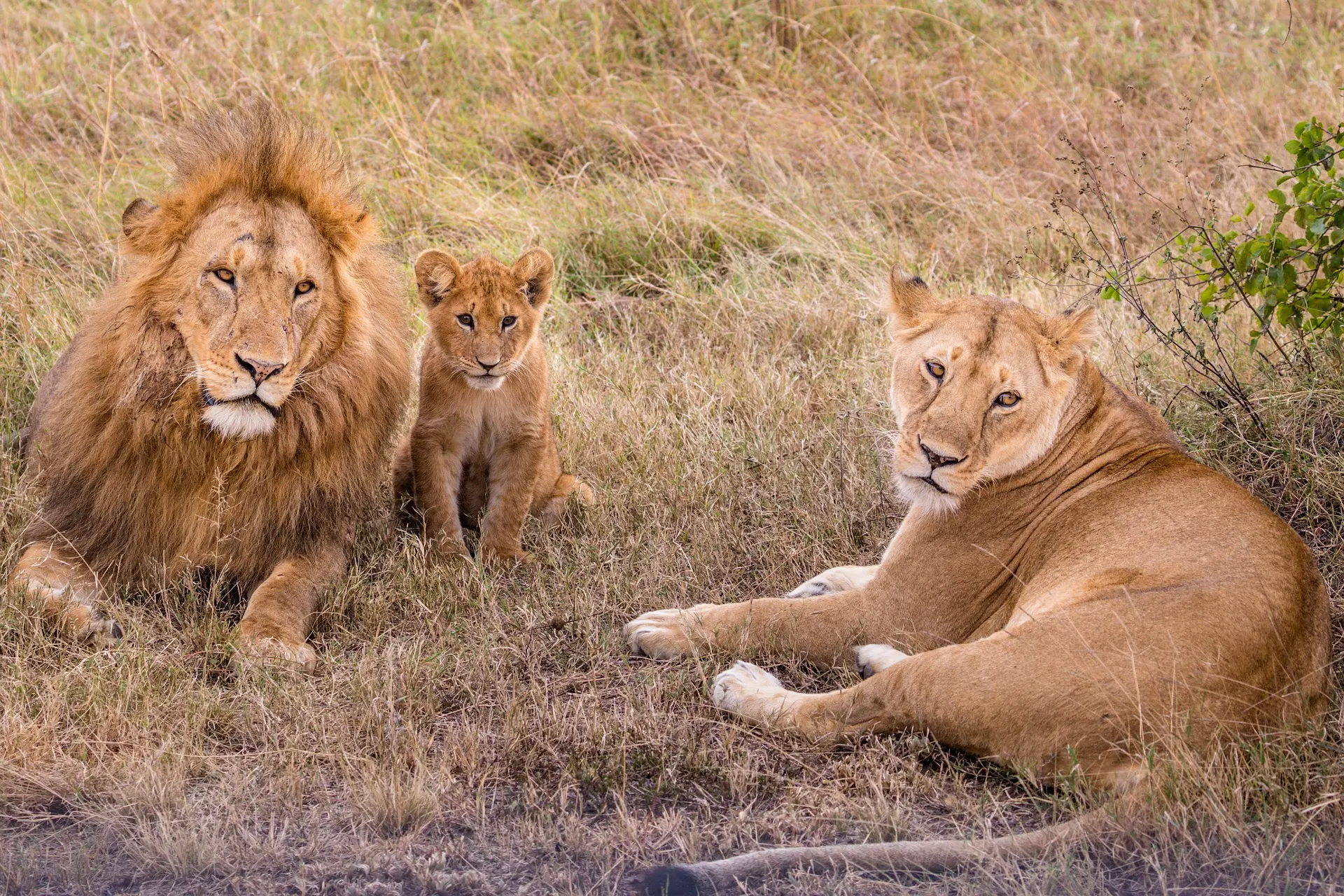
A successful Tanzania safari requires attentive consideration of various factors, especially when traveling to Tanzania. These include advanced bookings, necessary health and safety precautions, and staying up-to-date with local weather and travel advisories. By addressing these elements, you’ll be better prepared for your adventure and more likely to have a safe and enjoyable experience.
Remember, the ideal timing for your safari will hinge on your personal preferences, budget, and the particular wildlife events you are eager to encounter. With careful planning and consideration of these factors, you’ll be well on your way to creating unforgettable memories in Tanzania’s stunning national parks.
Booking in Advance
Booking your Tanzania safari in advance is crucial to ensure availability at lodges and camps, as well as securing permits for activities like climbing Mount Kilimanjaro. Popular destinations like the Serengeti National Park, Tarangire National Park, and the Ngorongoro Crater can fill up quickly, particularly during the high season.
To avoid disappointment, it’s recommended to book your safari at least one year in advance, particularly if you’re planning to visit during the high season or witness specific wildlife events like the Great Migration or calving season. By reserving early, you’ll have the best chance of securing your preferred accommodations and activities for a truly unforgettable safari experience.
Health and Safety Precautions
Health and safety precautions are essential when planning a Tanzania safari. Before embarking on your adventure, research the necessary vaccinations and medications required for your destination, and consult with a healthcare professional to ensure you’re adequately protected.
In addition to health precautions, it’s crucial to follow local guidelines and travel advisories throughout your journey. Stay informed about the latest weather conditions, follow park regulations, and be prepared for any unexpected events that may arise during your safari. By taking these precautions and adhering to local guidelines, you’ll be better equipped to enjoy a safe and memorable Tanzania safari experience.
Summary
The best time for a Tanzania safari depends on various factors, including climate, wildlife activities, personal preferences, and budget considerations. Generally, the dry season (June-October) is considered the best time for game drives and wildlife sightings, while specific events like the Great Migration and calving season may influence your choice of timing. Combining a safari with other Tanzanian adventures, such as climbing Mount Kilimanjaro or visiting Zanzibar Island, can further enhance your experience.
With careful planning and consideration of these factors, you’ll be well on your way to creating unforgettable memories in Tanzania’s stunning national parks. So, pack your bags, grab your binoculars, and embark on the adventure of a lifetime in this incredible East African destination.
Best time to Go to Tanzania – Frequently Asked Questions
Next, we look at the frequently asked questions about Safaris in Tanzania.
What is the best time of year to go on safari in Tanzania?
Paragraph 1: For the best safari experience, plan your trip to Tanzania for the dry season from late June to October. These months are the prime time for trekking, beach holidays in Zanzibar and witnessing the Great Migration.
Which month is best for safari in Kenya and Tanzania?
The best time to go on safari in Kenya and Tanzania is between mid-June and late October, with peak season typically occurring around August and September. This window of time offers excellent game drive opportunities, thinning vegetation and dry conditions making it the optimum time for safari throughout the region.
How many days is enough for Tanzania safari?
For an ideal Tanzania safari experience, it is recommended to have between 7 and 10 days for a more comprehensive experience that covers the top parks such as Serengeti, Ngororongoro and Tarangire National Park. A 3 to 5 day safari is also possible for a quick taste of wildlife safari.
How does the climate in Tanzania affect wildlife activities?
Tanzania’s tropical climate with distinct seasons affects wildlife behavior and their accessibility of national parks, impacting wildlife activities.
When is the Great Migration in Tanzania’s Serengeti National Park?
The Great Migration in Tanzania’s Serengeti National Park occurs from late June to August each year.
